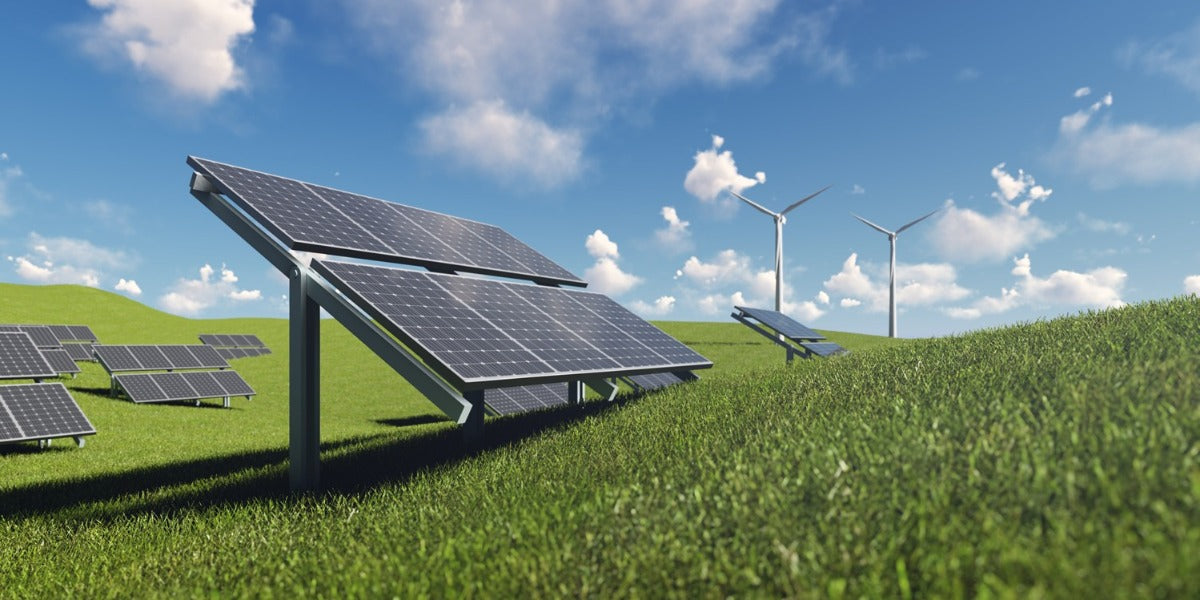We've all experienced that muggy feeling when the air is too damp. Excess moisture can lead to mold, musty odors, and a generally uncomfortable living space. That's where dehumidifiers come in - these handy appliances suck excess moisture out of the air. But like any electrical device, they require power to run. So how much electricity does a dehumidifier use?
The short answer is: that it depends on the size and efficiency of the unit. But don't worry, we'll break it all down for you. By the end of this article, you'll know exactly what to expect for energy usage and operating costs. So, do dehumidifiers use a lot of electricity? Let’s find out.
Typical Dehumidifier Wattage and Usage
Let's start with some basic numbers. Most standard dehumidifiers range from 300 to 700 watts when running at full power. A 30-pint dehumidifier typically uses 300-360 watts, while a larger 70-pint unit may consume 600-700 watts of electricity.
To estimate operating costs, we can do a simple calculation. Assume the dehumidifier runs for 8 hours per day. Take the wattage and divide by 1000 to get kilowatt-hours (kWh), then multiply by your electricity rate, which we'll use $0.13/kWh for this example.
For a 50-pint (500W) dehumidifier:
1. 500W = 0.5 kWh
2. 5 kWh x 8 hours = 4 kWh per day
3. 4 kWh x $0.13 = $0.52 per day
4. $0.52 x 30 days = $15.60 per month
Following this example, a typical 50-pint dehumidifier could cost around $15-18 per month to operate. Larger 70-pint units may run $20-24 per month in electricity costs.
However, if you run the dehumidifier 24 hours a day, 7 days a week, those monthly costs roughly triple! Suddenly we're looking at $45-70 per month just to remove excess moisture from the air. This highlights why it's so important to use your dehumidifier wisely to keep operating costs down.
Factors That Affect Dehumidifier Energy Usage
Not all dehumidifiers consume electricity at the same rate. Several key factors impact dehumidifier energy use:
Size and Capacity - Larger dehumidifiers with higher pint capacities simply use more power to remove moisture from the air. Properly sizing the unit to your square footage is crucial for energy savings. An undersized unit will run constantly, while an oversized one cycles rapidly - both waste electricity.
Energy Efficiency Ratings - ENERGY STAR-certified dehumidifiers must be at least 15% more efficient than conventional models. Also look for high energy factor (L/kWh) ratings, which indicate more efficient moisture removal per kWh. An example would be a 30-pint unit with 1.8 L/kWh being more efficient than one rated at 1.5 L/kWh.
Dehumidification Technology - Different methods like compressors, thermoelectric, and desiccant dehumidifiers have varying energy requirements. Newer technologies like inverter compressors tend to be more energy efficient compared to older styles.
Environmental Conditions - When humidity levels are very high, or temperatures are warmer, the dehumidifier has to work harder. This forces it to consume more electricity to remove the same amount of moisture from the air. Humid climates increase operating costs.
Drainage Setup - If the dehumidifier's built-in condensate reservoir fills up, it may have to restart the dehumidification cycle using more energy. Proper drainage via a hose or pump prevents this wasted energy from restarting.
By understanding how these factors influence energy usage, you can select a dehumidifier optimized for energy efficiency based on your home's conditions and climate.
Reducing Dehumidifier Electricity Consumption
Even with an energy-efficient dehumidifier model, there are still steps you can take to minimize operating costs and electricity consumption:
Set the humidity level properly - Most experts recommend setting dehumidifiers between 30-50% relative humidity. The lower the humidity setting, the more energy the unit will consume as it runs longer to achieve that level. Aim for the highest comfortable humidity percentage to reduce energy use.
Use a humidistat for automatic control - A humidistat monitors indoor humidity and can automatically turn the dehumidifier on and off as needed to maintain desired levels. This prevents wasted energy from running constantly when humidity is already low enough.
Only run the dehumidifier when home - There's no need to run a dehumidifier when you're away from home for extended periods. The humidity levels can safely rise while you're gone without causing damage. Use a timer to automatically turn it off.
Properly size the dehumidifier - Using an undersized unit for too large a space forces it to run constantly, wasting electricity. Conversely, an oversized dehumidifier will cycle on and off rapidly, which is also inefficient. Proper sizing is key.
Maintain the unit regularly - Clean air filters regularly, following the manufacturer's recommendations. Ensure proper drainage to prevent condensate build-up. This allows the dehumidifier to operate at peak efficiency without obstruction.
Take advantage of energy-saving modes and settings - Many newer dehumidifiers include an "eco" or energy-saving mode that allows the unit to run at lower fan speeds when less dehumidification is needed. Some also have auto-restart after power outages to save energy.
For example, if you set your 50-pint dehumidifier to only run 12 hours per day instead of 24/7, you could cut the monthly operating cost from $45 to around $22. Smart usage pays off!
The bottom line is that while most crawl space and commercial dehumidifiers are relatively affordable, their cumulative energy usage can add up quickly with excessive runtime. A little forethought in selecting the right sized, energy-efficient unit and operating it wisely goes a long way in keeping those electricity costs manageable over time.
Find the Right Energy-Efficient Dehumidifier for Your Home
Ready to find the perfect energy-efficient dehumidifier for your home? Reach out to AlorAir Crawlspace today! Our experts can help you select the ideal-sized crawlspace dehumidifier with energy-saving features to meet your needs while minimizing operating costs. With the right dehumidifier, you can enjoy a comfortable, moisture-free living space without breaking the bank on electricity bills.













